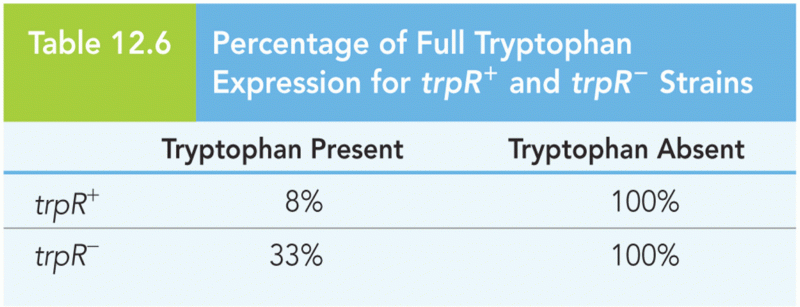Answer to Question 1
Judiciary
Answer to Question 2
Interpersonal interactions. Social relationships with families, peers, schools, jobs, criminal justice agencies, and the like may play an important role in shaping behavioral choices. Inappropriate and disrupted social relations have been linked to crime and delinquency.
Community ecological conditions. Social scientists have noted that the harm caused by residence in a deteriorated inner-city area, wracked by poverty, decay, fear, and despair, extends from an increase in poor health to higher risk of criminal victimization. Not surprisingly, these areas are the home of delinquent gangs and groups. Because these areas often have high violence rates, neighborhood kids are exposed to a constant stream of antisocial behaviors, which makes them susceptible to associating with violent peers and becoming the victim of violent crimes. Even when neighborhood disadvantage and poverty are taken into account, the more often children are exposed to violence within their residential community, the more likely they are to become violent themselves.
Social change. Political unrest and mistrust, economic stress, and family disintegration are social changes that have been found to precede sharp increases in crime rates. Conversely, stabilization of traditional social institutions typically precedes crime rate declines.
Socioeconomic status. The government estimates that there are now 46 million Americans living in poverty, defined as a family of four earning about 23,000 per year, who have scant, if any, resources, and suffer socially and economically as a result. It seems logical that people on the lowest rung of the economic ladder will have the greatest incentive to commit crime. They may be enraged by their lack of economic success or simply financially desperate and disillusioned. In either instance, delinquency, despite its inherent dangers, may seem an appealing alternative to a life of indigence. Economic influences may be heightened by the rapid advance in technology; kids who lack the requisite social and educational training have found the road to success almost impassable. A lack of opportunity for upward mobility may make drug dealing and other crimes an attractive solution for socially deprived, but economically enterprising people. Because social institutions are frayed or absent, law-violating youth groups and gangs form and are free to recruit neighborhood youth. Both boys and girls who feel detached and alienated from their social world are at risk to become gang members.
Racial disparity. The consequences of racial disparity take a toll on youth: According the Census Bureau's report, the average African American family median income was 32,068 in comparison to 54,620 for non-Hispanic White families. About 27 percent of African Americans in comparison to 10 percent of non-Hispanic Whites were living at the poverty level. The current unemployment rate for Blacks was twice that for non-Hispanic Whites (16 percent and 7.5 percent, respectively). This pattern is consistent for both men and women. The share of young black men without jobs has climbed relentlessly, with only a slight pause during the economic peak of the late 1990s. At last tally, the unemployment rate for whites is half that for blacks and 30 percent lower than that of Hispanics. There are also race-based differences in high school completion; white rates are higher than that of minorities.







